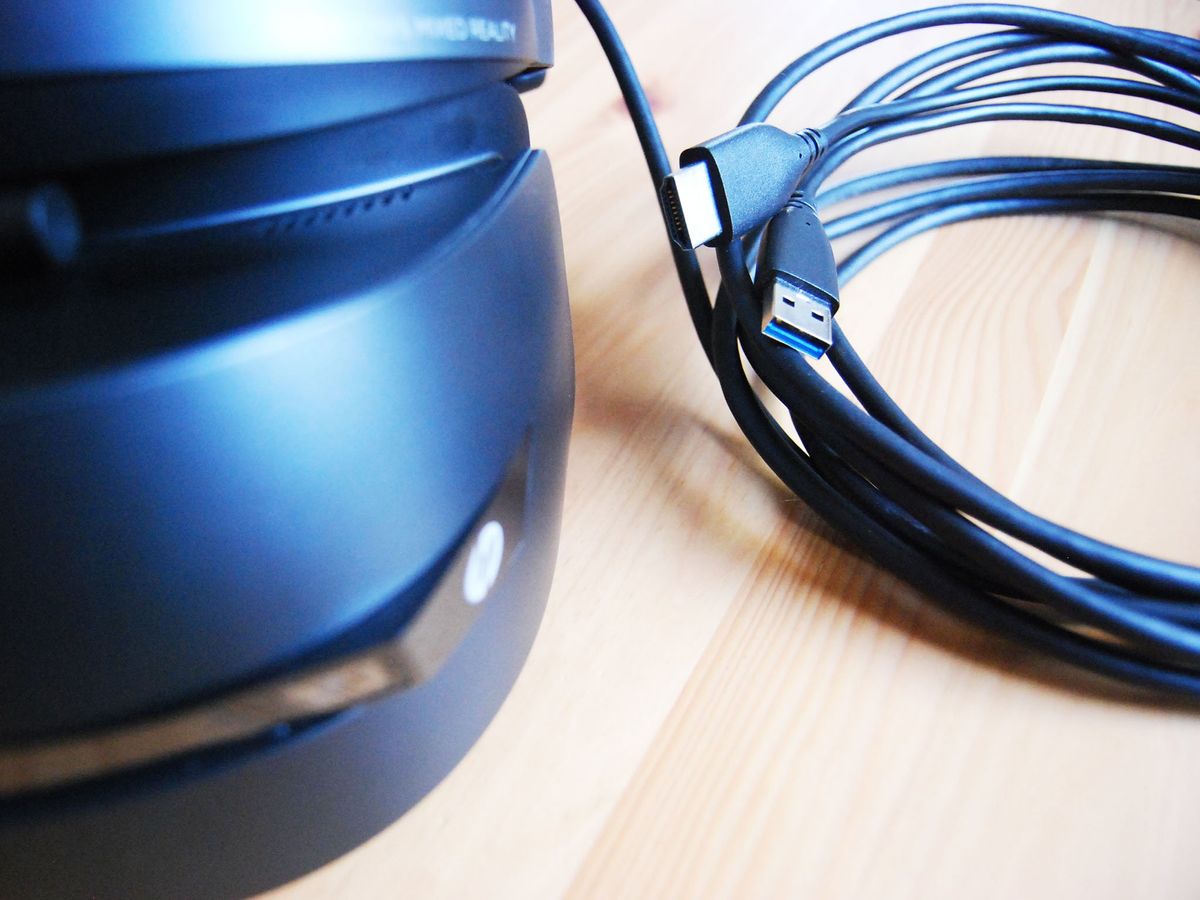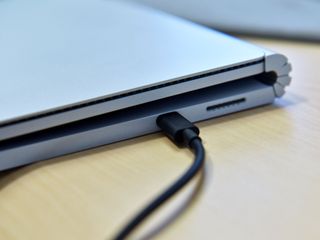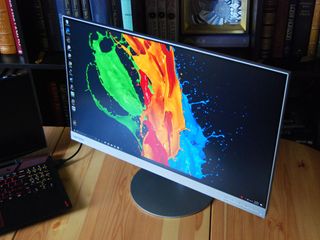
Windows Mixed Reality (WMR), the PC-based VR system, is relatively easy to set up compared to HTC Vive and Oculus Rift, but you might still run into a snag here and there. One issue commonly reported is that the headset doesn't "wake" when it's needed and won't show any sort of picture on the internal display. If you've recently plugged it in or switched ports, a PC restart might take care of the problem. Read on if you're still stuck with a sleeping headset.
Ensure Windows 10 is up to date
The WMR Portal app is a bit finicky, especially when you start using other software, like SteamVR, with it. If you're not sure if Windows 10 is up to date, it won't hurt to do a quick check and download and install anything outstanding.
- Right-click the Start button.
- Click Settings.
- Click Update & Security.
- Click Windows Update.
- Click Check for updates.
If there are updates detected, they will now be downloaded and installed. A restart of your PC will be required.
Ensure your graphics card driver is up to date
It's possible that your graphics card (GPU) driver isn't up-to-date and is thus not working properly. NVIDIA and AMD both have apps that make updates easy. To update drivers in GeForce Experience, follow these steps. Note that AMD's Gaming Evolved app has similar steps.
- Click the Search Windows field in your taskbar.
- Type GeForce.
- Click GeForce Experience.
- Click the Drivers tab at the top of the window.
- Click either Express installation or Custom installation depending on your preference.
The driver will now be downloaded and installed.
Updating GPU drivers in Windows 10
Get the Windows Central Newsletter
All the latest news, reviews, and guides for Windows and Xbox diehards.
Verify your video adapter

If a video adapter or hub is involved in the mix and you notice that your headset won't wake up when it should, the problem might be to do with the adapter. Even if you were using the adapter without issue at one time, try removing it, restarting your PC, and trying again without. If the headset works, you'll know it's the adapter.
In other cases, where you haven't had any luck getting the video adapter to work with the headset, you might have a faulty or incompatible adapter. Try using it with a different piece of hardware, and check out our guide to using proper adapters with WMR.
How to connect a WMR headset to your PC using adapters
Remove custom resolutions or refresh rates

As reported by Reddit user fikkityfook, a problem with a WMR headset not waking up had to do with a custom resolution and refresh rate. In this case, using a DisplayPort to HDMI adapter for a standard desktop monitor was interfering somehow with the headset.
Using the same adapter with the headset — and plugging the desktop monitor straight into the PC's HDMI port — seemed to alleviate the problem, but this wasn't an ideal setup.
The main cause of the issue seems to be a custom resolution that was allowing for a 70Hz refresh rate on the PC monitor. This was interfering with the signal to the WMR headset, and once set back at a native resolution and refresh rate, the headset would wake and display properly.
Bottom line: stick with a resolution and refresh rate native to your PC monitor to avoid interference with your WMR headset.
More resources

Cale Hunt brings to Windows Central more than eight years of experience writing about laptops, PCs, accessories, games, and beyond. If it runs Windows or in some way complements the hardware, there’s a good chance he knows about it, has written about it, or is already busy testing it.